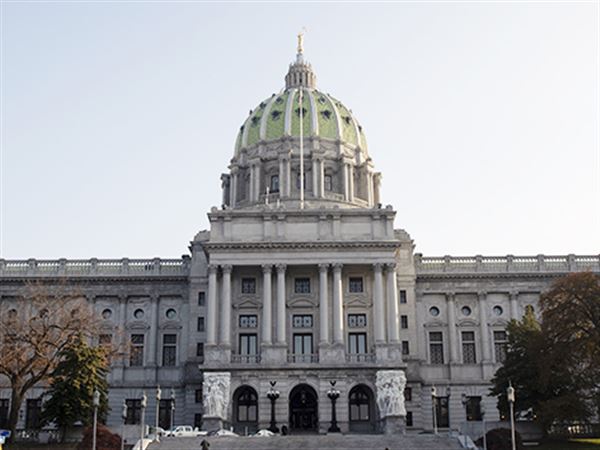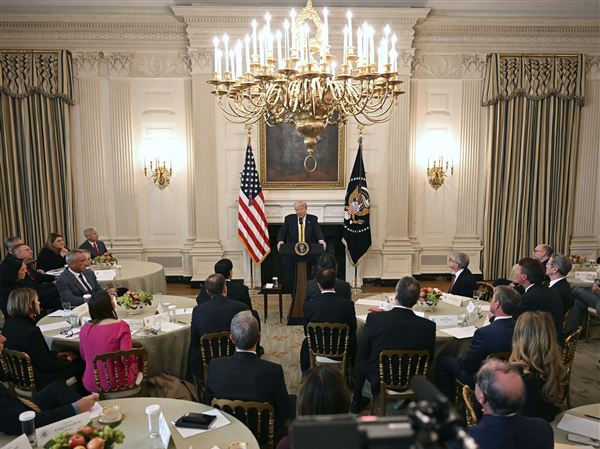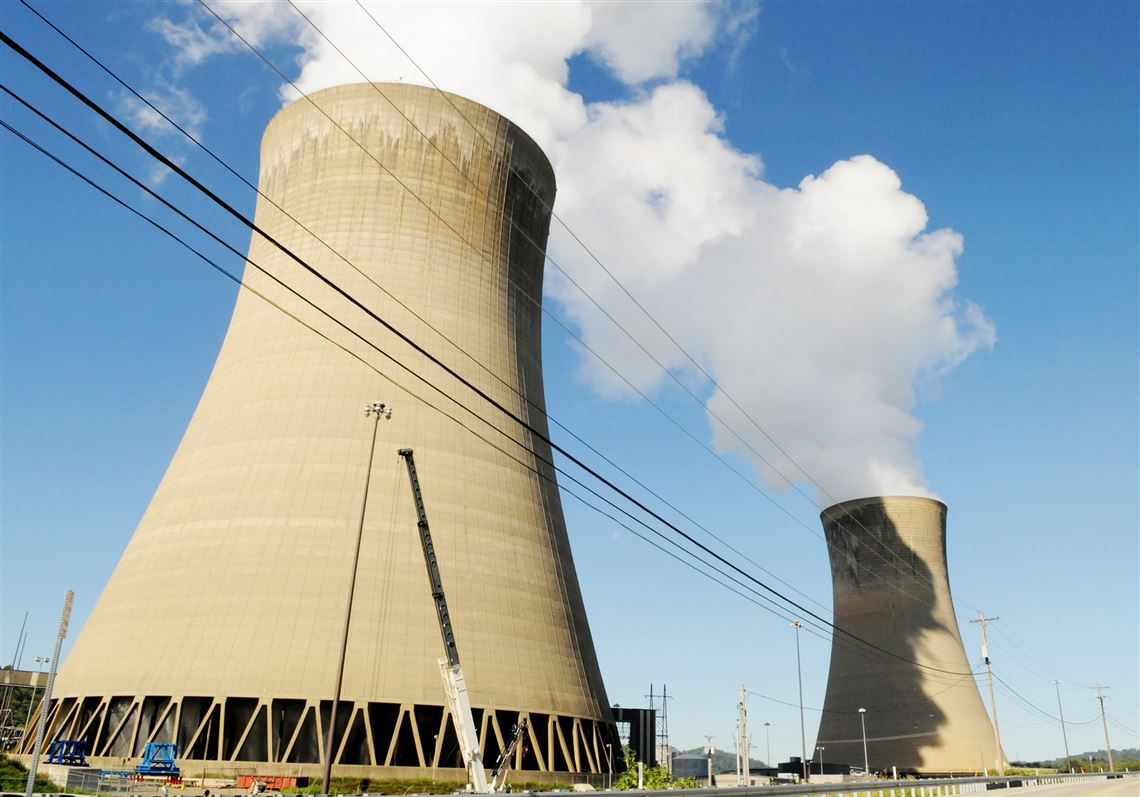More than 60 Pennsylvania environmental lawyers, businesses, faith groups and local governments are petitioning the state to adopt a cap-and-trade program that would gradually reduce, and eventually eliminate, emissions of greenhouse gases from large sources across the Pennsylvania economy over the next three decades.
In a petition submitted to the state’s environmental rule-making board late Tuesday, the coalition led by the Philadelphia-based Clean Air Council argues that Pennsylvania is required by its constitution and air pollution law to reduce emissions of climate-warming gases to levels that limit their threat to people and the environment.
Pennsylvania is the third-largest U.S. emitter of carbon dioxide, the most common greenhouse gas.
The petition comes in the wake of major new national and international assessments detailing the devastating and costly repercussions of a warming planet, including powerful storms, heat waves, rising seas and crop failures. There is broad scientific consensus that the changes are being driven by human actions, especially burning coal, oil and natural gas.
“The proposed regulation would create a measured and foreseeable path for the commonwealth and its industry to do what is necessary to avoid the worst consequences of climate disruption,” the petitioners wrote to the secretary of the Pennsylvania Department of Environmental Protection.
A trading market created by the regulation would help nearly all of the state’s financially struggling nuclear plants stay open, they said.
It would also have the side-benefit of generating enough revenue to “solve Pennsylvania’s chronic budget deficits for decades to come.”
The proposal is an ambitious strategy in a major fossil fuel- and electricity-producing state where the oil, gas and coal industries enjoy bipartisan support.
Democratic Gov. Tom Wolf’s spokesman J.J. Abbott said in response to the petition that the governor “believes that climate change is real, and that we need to continue to take steps to address this issue, while at the same time preserving and creating good paying jobs in the energy sector and growing our economy.”
Kevin Sunday, director of government affairs for the Pennsylvania Chamber of Business and Industry, the state’s largest business organization, said existing case law does not support the petition’s interpretation of the constitution’s Environmental Rights Amendment. He also said the proposal intrudes on the General Assembly’s power to craft laws.
“Certainly, a broad government action like this should involve the legislative branch,” he said.
A market-based approach
Cap and trade is seen as a compelling but controversial mechanism for curbing greenhouse gas emissions.
It is a market-based approach that both sets a shrinking limit on how much pollution can be released and offers economic incentives for companies to make further reductions and to earn valuable allowances they can sell to others.
A national cap-and-trade program for sulfur dioxide pollution that was started in the 1990s is credited with lessening the problem of acid rain.
Attorney Robert B. McKinstry Jr., the petition’s lead author, said the proposed Pennsylvania greenhouse gas cap-and-trade program is based on California’s, but he adapted it for this region.
The Pennsylvania proposal would cover power plants; industrial plants that make things like steel, cement and glass; coal mines; natural gas suppliers and fuel distributors.
The amount of allowable emissions would decline each year by 3 percent of the levels as they were in 2016 until they reach zero in 2052.
Most of the covered companies would buy allowances at auction, starting with a base price of $10 per metric ton of carbon in 2020 and rising each year by 10 percent plus inflation.
Not driving business away?
Mr. McKinstry said he designed the program to avoid the pitfalls that have made other cap-and-trade regimes weak — such as high caps that create a glut of allowances or low prices that don’t keep carbon-free nuclear plants afloat or encourage companies to invest in technologies for capturing their emissions.
He also included provisions that aim to keep Pennsylvania economically competitive, so businesses do not flee to states with looser rules.
“I’ve been practicing law representing industry for almost 40 years,” he said. “I can design things with the marketplace in mind.”
If the petition is successful, Pennsylvania’s program would send price signals to other regional cap-and-trade programs, potentially pushing all of them toward the commonwealth’s more rigorous system.
But first, Pennsylvania would have to sign on to the plan.
The legal process
The state’s environmental rule-making body, called the Environmental Quality Board, must review the petition and decide whether to adopt, reject or modify it. The 20-member board is made up of the heads of 11 state agencies, five members of a citizens advisory council and four members of the state Senate and House.
Its decision would be appealable to state courts including, if necessary, the Pennsylvania Supreme Court.
In a ruling last year, the high court revived the state’s Environmental Rights Amendment and reinforced the Pennsylvania government’s obligation to act as a trustee of the commonwealth’s natural resources for current and future generations.
That case provided the key legal precedent for this effort, the petitioners said.
A petition with a similar goal to reduce greenhouse gas emissions was rejected by the Environmental Quality Board in 2014 — a decision that was later upheld by state courts.
But Joseph Otis Minott, executive director of the Clean Air Council, said this effort is “fundamentally different.”
“We’re very specific about what we’re asking the (Department of Environmental Protection) to do,” he said. The package presented to the board includes a 400-page petition with a 260-page draft regulation — everything that the board needs to move forward with publishing a proposed rule.
The regulatory process presents a clearer, quicker, more flexible path for action than asking the Republican-controlled Legislature to write a new law, he said.
The recent national and international reports confirm that “climate change is an emergency,” Mr. Minott said. “Going slow and not taking decisive action to protect us from climate change is just no longer acceptable.”
Laura Legere: llegere@post-gazette.com.
First Published: November 28, 2018, 9:20 p.m.


















